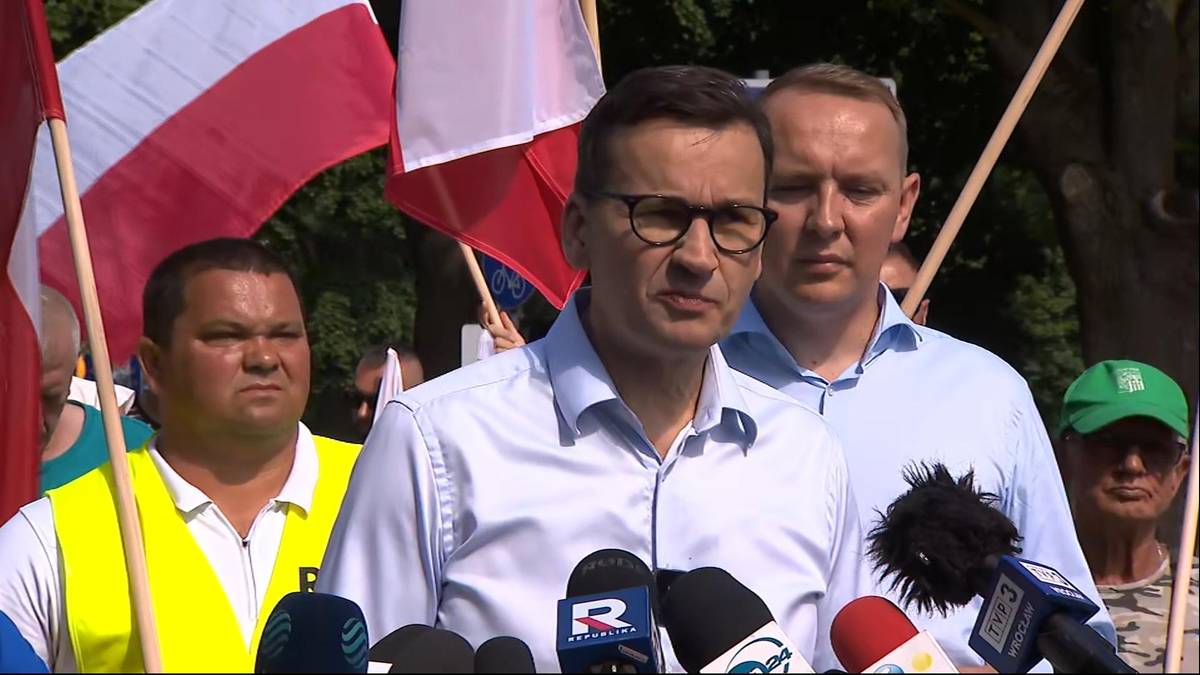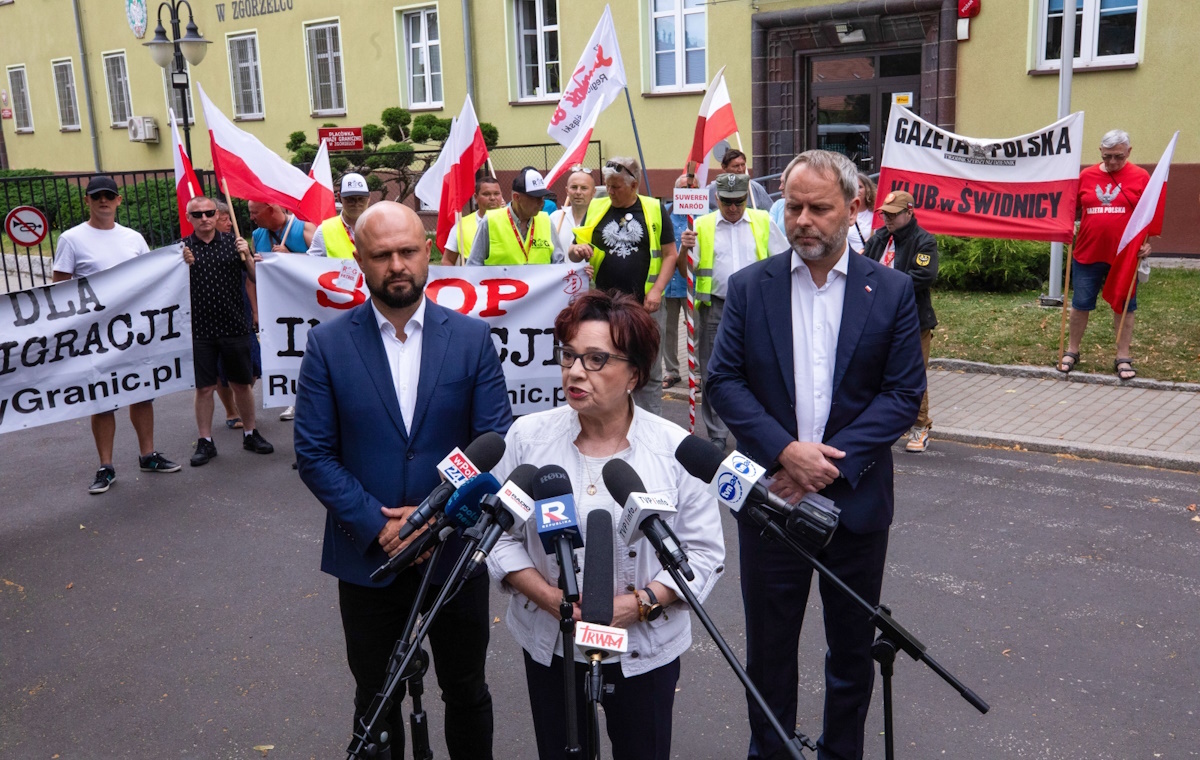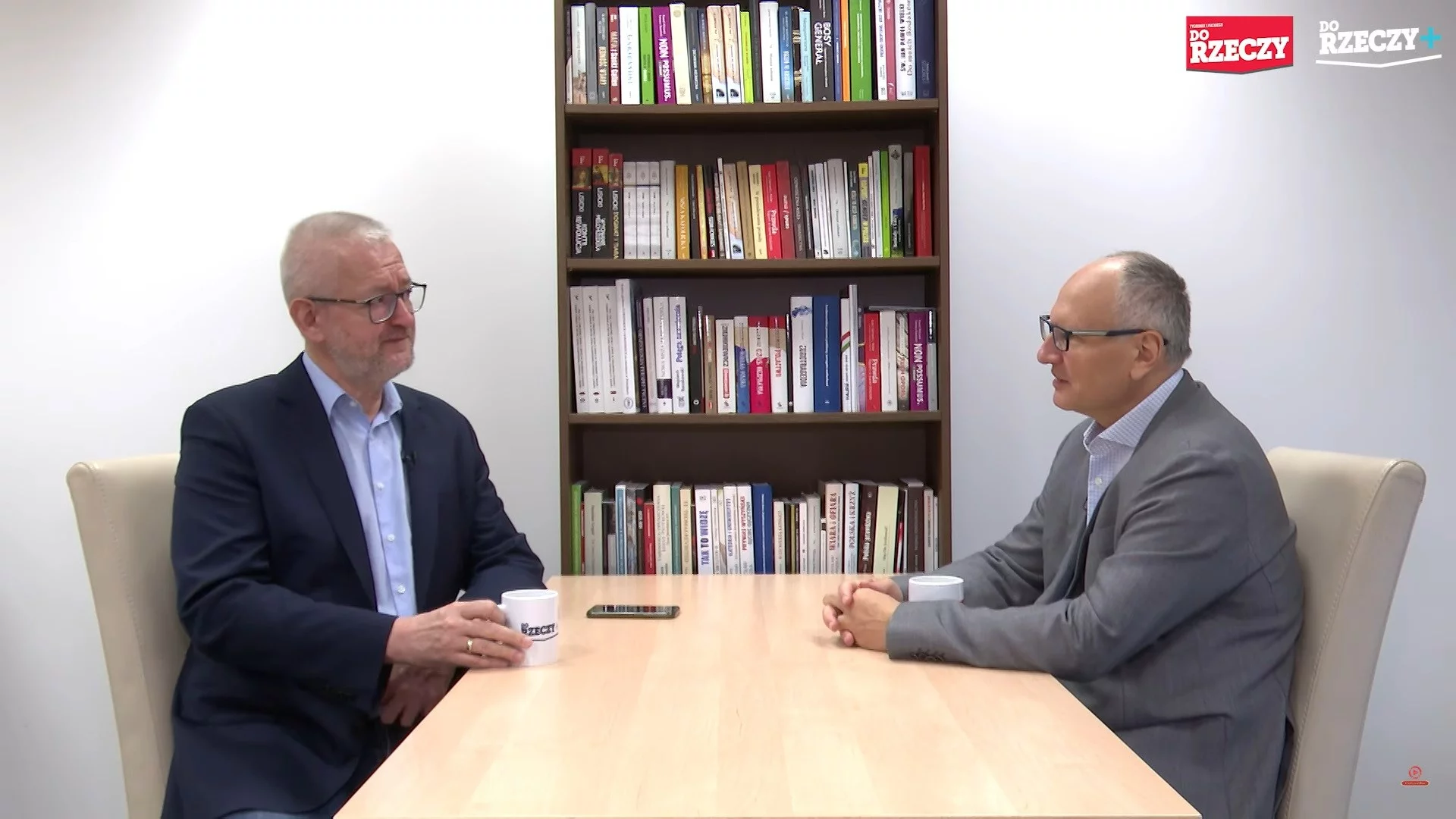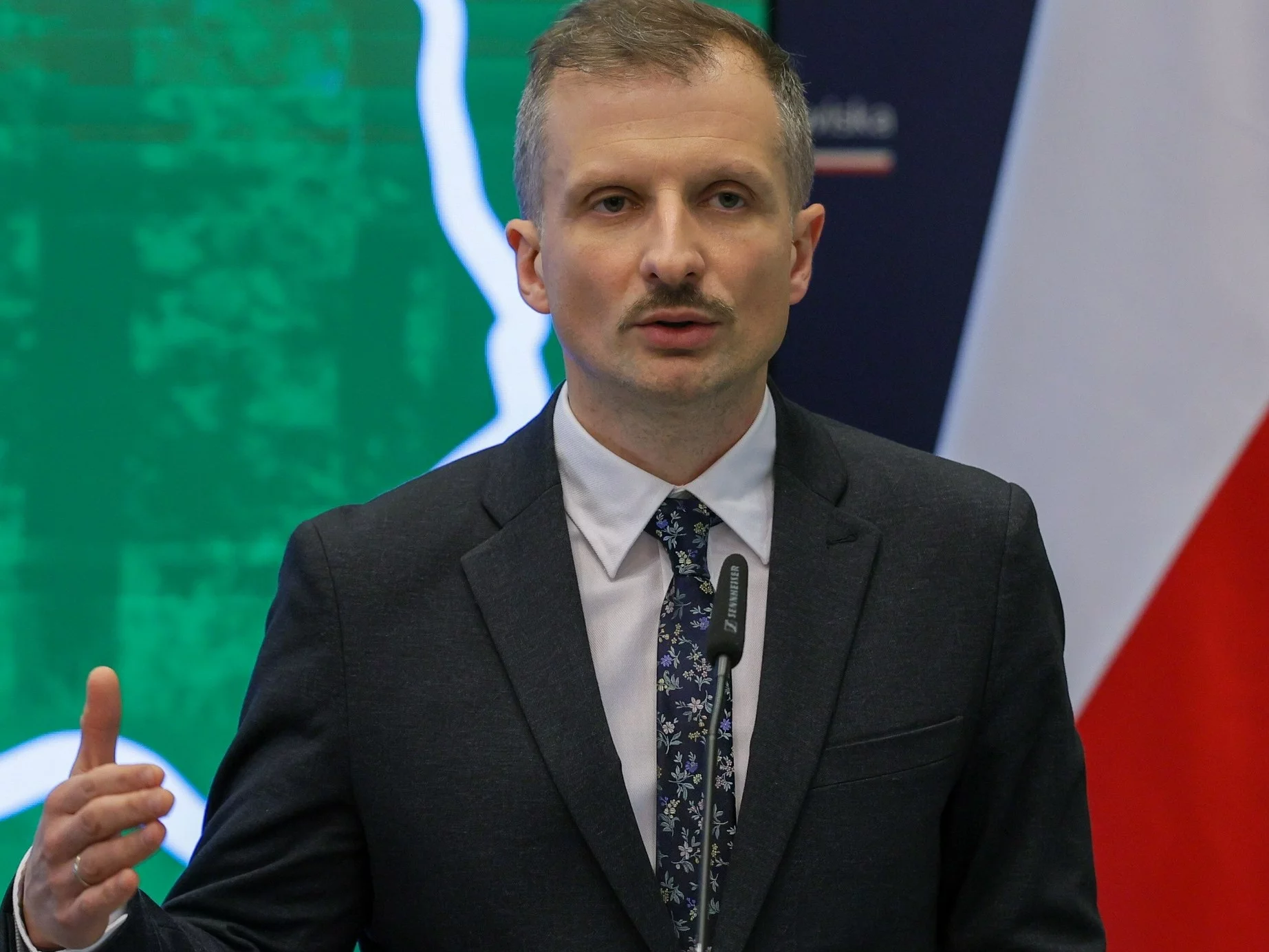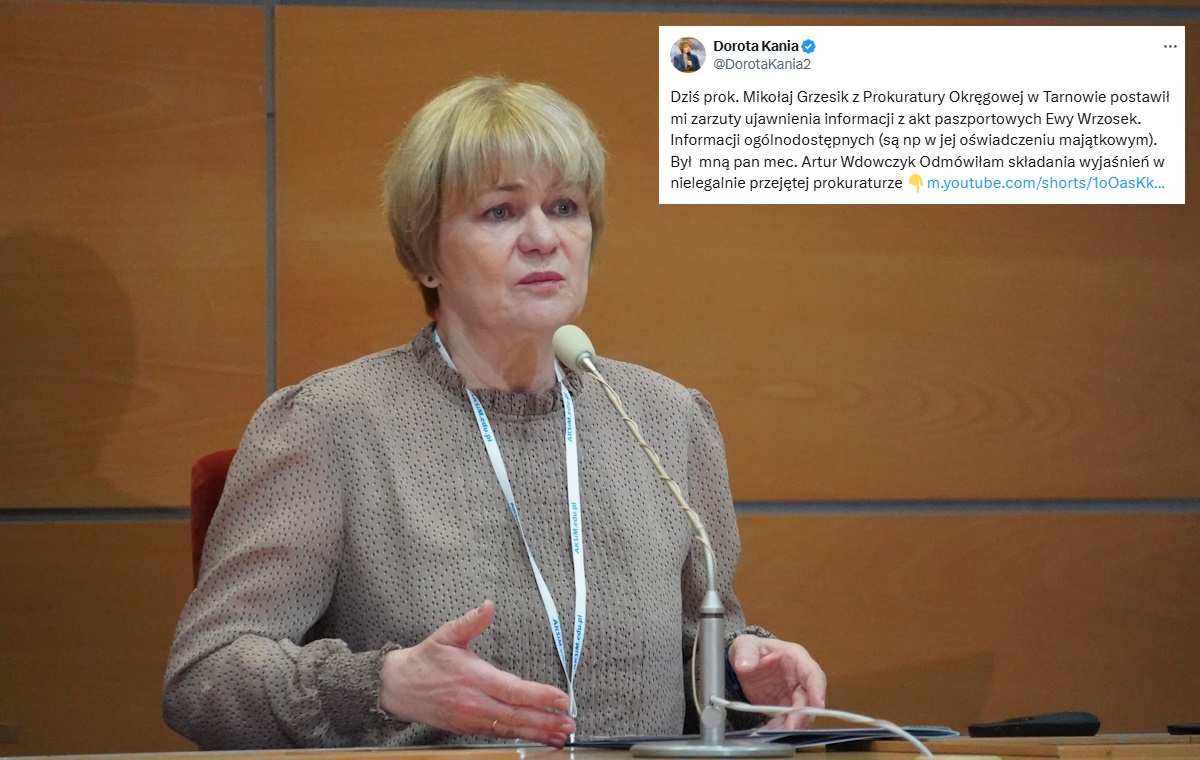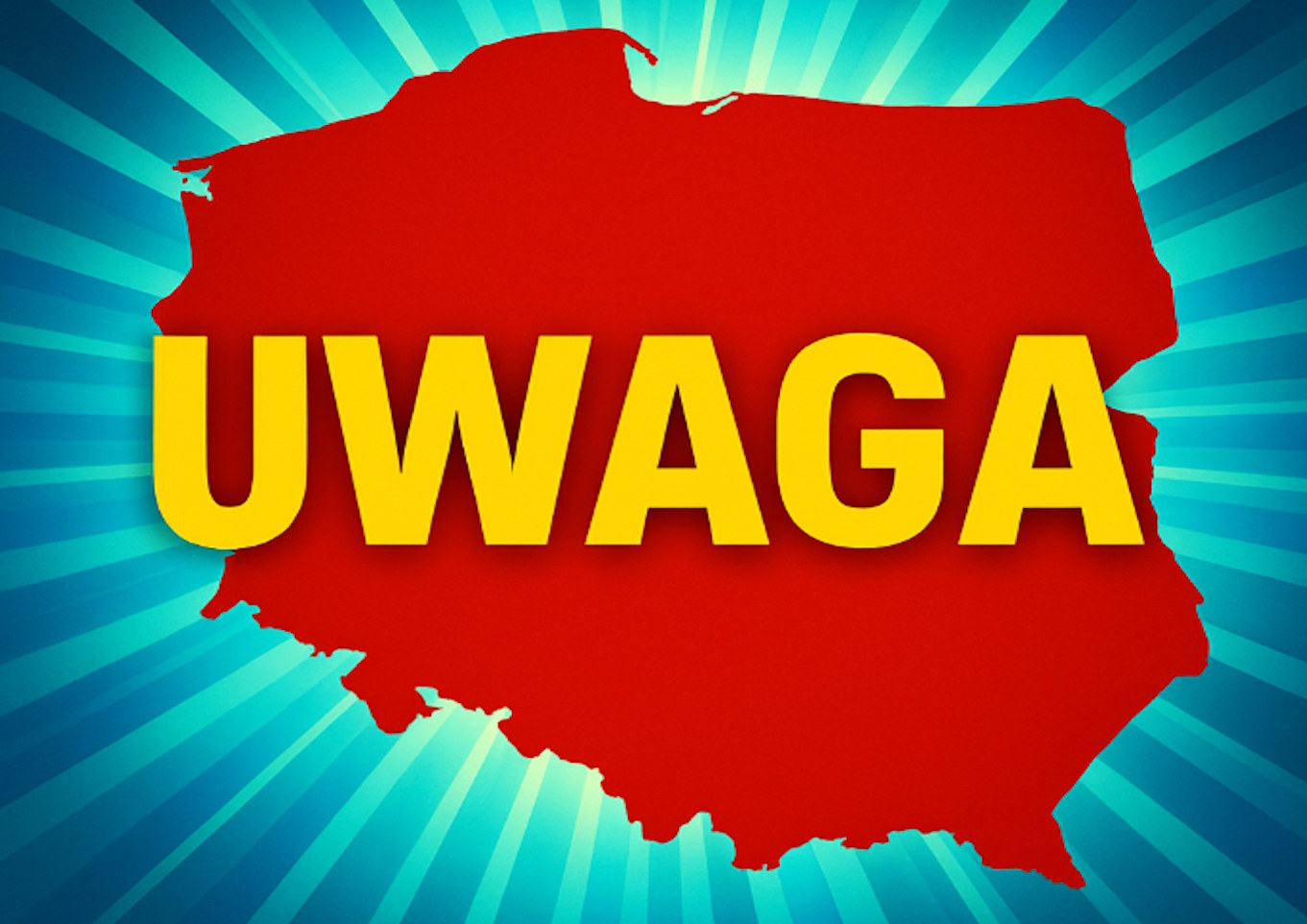On June 6, Gdańsk Port officially opened the fresh Baltic Hub T3 container terminal – the largest hydrotechnical investment on the Polish coast and 1 of the most crucial in the full Baltic Sea region.
The terminal was built on water, without breaking the shoreline or Stoga beach. As part of the project, water was deepened to 17,5 metres, 717 metres of waterfront and 36 hectares of working platform were built. 4.3 million cubic metres of sand, 160,000 cubic metres of concrete, and 17.5 1000 tons of steel were used.
The full cost of the investment was about PLN 2 billion. The task was financed by the owner of Baltic Hub and loans from global financial institutions. The terminal will increase Baltic Hub's handling capacity by 1.5 million TEUs – up to a full of 4.5 million TEUs per year. It was equipped with 7 giant STS cranes with a span of 140 metres and about 20 remote-controlled RMG square cranes. Much of the operation has been automated and ergonomic workstations increase safety and efficiency.
The task was planned with large care for the environment. Low carbon concrete was utilized and hydrotechnical work was carried out taking into account the protection of marine mammals from noise. Stogi beach remained intact thanks to the terminal location behind existing T1 and T2 installations without interference with the shoreline.
The beginning ceremony was attended by representatives of government and local government, including Deputy Minister of Infrastructure Arkadiusz Marchewka and president of Gdańsk Aleksandra Dulkiewicz. Business partners were besides present: PSA International, Polish improvement Fund and IFM Infrastructure Fund. Symbolic ribbon cutting stressed the strategical importance of the terminal for global supply chains and Poland's increasing position as the leader of transshipment in the region.
Baltic Hub T3 is not only an awesome engineering project, but besides a key component in building Poland's economical resilience. The terminal opens up fresh opportunities not only for the national economy but besides for Central European countries specified as the Czech Republic and Slovakia, which gain access to global trade routes. It is an investment that truly strengthens Poland's position on the transport map of Europe and the world.

